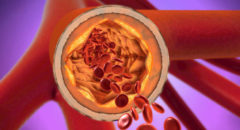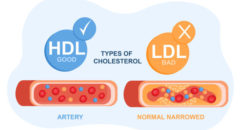
(BlackDoctor.org) — Doctors sometimes need to do a special procedure to
improve blood flow to the heart muscle when the heart’s artery, or arteries, are
narrowed or blocked. Two commonly used procedures are coronary angioplasty and
coronary artery bypass graft surgery. These procedures can be done during a
heart attack or later.
While a Heart Attack is happening, the sooner these procedures are done, the
greater the chances of saving heart muscle and of surviving a heart attack.
Here’s more on these special procedures:
Coronary angioplasty, or balloon angioplasty. In this procedure, a fine
tube, or catheter, is threaded through an artery into the narrowed heart vessel.
The catheter has a tiny balloon at its tip. The balloon is repeatedly inflated
and deflated to open and stretch the artery, improving blood flow. The balloon
is then deflated, and the tube is removed.
Doctors often insert a stent during the angioplasty. A wire mesh tube, the
stent is used to keep an artery open after an angioplasty. The stent stays
permanently in the artery.
In up to a third of those who have an angioplasty, the blood vessel becomes
narrowed or blocked again within 6 months. This is more likely to happen if you
smoke, or have diabetes or unstable angina. Vessels that reclose may be
re-opened with another angioplasty or need a coronary artery bypass graft. Even
an artery with a stent can reclose.
Coronary artery bypass graft
operation. Also known as “bypass surgery,” the procedure uses a piece of vein
taken from the leg, or of an artery taken from the chest or wrist. This is
attached to the heart artery above and below the narrowed area, thus making a
bypass around the blockage. Sometimes, more than one bypass is needed.
Bypass surgery may be needed due to various reasons, such as an angioplasty
that did not sufficiently widen the blood vessel, or blockages that cannot be
reached by, or are too long or hard for, angioplasty. In certain cases, bypass
surgery may be preferred. For instance, it may be used for persons who have both
coronary heart disease and diabetes.
A bypass also can close again. This happens in more than 10 percent of bypass
surgeries, usually after 10 or more years.








